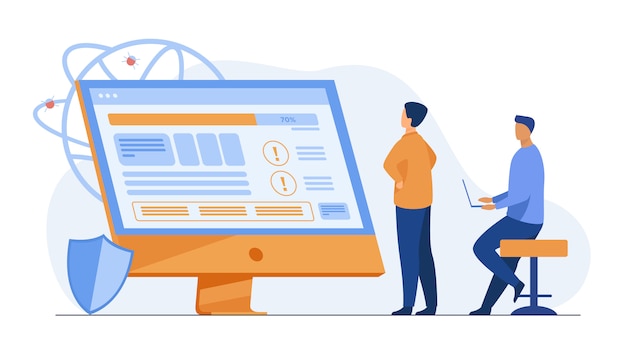Non-Functional Testing: The Unsung Hero of Software Quality
Introduction: Beyond Functionality
Non-Functional Testing is like the stage crew in a theatre production. While the actors (functionalities) get most of the attention, the stage crew ensures that the lighting, sound, and sets (performance, usability, security, etc.) are up to the mark.

Key Focus
Improving the code's performance, usability, and overall experience to meet or exceed customer expectations.
Acceptance Testing: The Audience's Applause
Quick Summary
Acceptance Testing is the final rehearsal where you ensure that the software will receive a standing ovation from its users.
Alternate Names
Also known as User Acceptance Testing (UAT).
Key Characteristics
- End-Stage Testing: Conducted at the end of the software lifecycle in sequential models like Waterfall and at the end of each iteration in Agile.
- Black Box Approach: The focus is on the output, not the internal code structure.
Real-world Examples
- Alpha Testing: An internal company trial of an unreleased video game.
- Beta Testing: Releasing the game to a select group of external users, like popular streamers, to gather feedback.
Usability Testing: The Director's Cut
Quick Summary
Usability Testing ensures that using your software is as intuitive as navigating a well-directed movie.
Alternate Names
Also known as User Experience or UX Testing.
Key Characteristics
- Efficiency Focus: Streamline frequently used features.
- Error Detection: Identify misunderstandings or operational errors by users.
- Black Box Approach: Focuses on user interaction rather than code.
Real-world Examples
- User Observation: Watching a user navigate through a series of tasks in your software and taking note of any difficulties or misunderstandings.
Performance Testing: The Choreographer's Precision
Quick Summary
Performance Testing fine-tunes the software's speed and stability, much like a choreographer ensures every dance move is executed flawlessly.
Alternate Names
Also known as Responsiveness or Stability Testing.
Key Characteristics
- Bottleneck Identification: Locate and optimize system bottlenecks.
- Workload Management: Monitor how the system performs under varying workloads.
Real-world Examples
- Stress Testing: Overloading an e-commerce website to identify its breaking point.
- Endurance Testing: Continuous testing to ensure long-term system stability.
- Spike Testing: Simulating abrupt workload increases to test system adaptability.
Security Testing: The Bodyguard's Vigilance
Quick Summary
Security Testing is the bodyguard that spots and neutralizes vulnerabilities before they can harm your software.
Alternate Names
Also known as Vulnerability Testing.
Key Characteristics
- User Trust: Establish a secure environment to build user trust.
- Holistic Security: Examine network, client-side, and server-side security measures.
Real-world Examples
- Network Security: Assessing network policies and data transfers.
- System Security: Examining software dependencies for vulnerabilities.
- Client-Side Security: Ensuring the client or browser is secure against manipulations.
- Server-Side Security: Making sure the back-end server can withstand intrusion attempts.
Non-Functional Testing is an indispensable part of ensuring that your software is not just functional, but also efficient, user-friendly, and secure. Paying attention to these aspects can make your software go from good to great.



